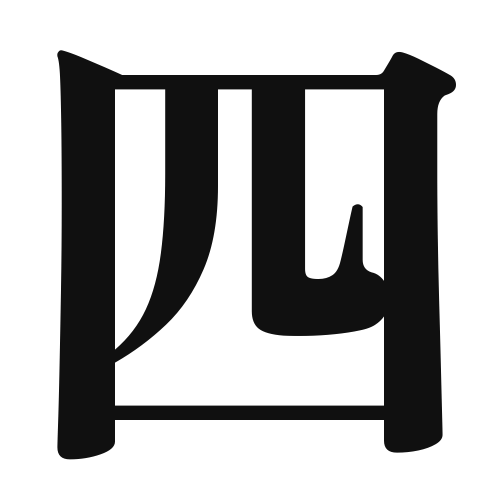1. Overview of Meaning
The kanji “四” (pronounced “shi” or “yon”) means “four.” It is one of the basic numbers in the Japanese counting system and is used in various contexts, including counting objects, indicating time, and more.
2. Formation and Radical
Formation of the Kanji: The kanji “四” is a pictogram that represents the concept of four. It is not derived from other characters but stands alone as a representation of the number.
Radical: The radical for “四” is also “四,” which is used in various other kanji related to numbers and counting.
3. Examples of Usage
Common Words and Phrases: Some common words that include “四” are:
- 四角 (shikaku) – square
- 四季 (shiki) – four seasons
- 四人 (shinin) – four people
Example Sentences in Daily Conversation:
- 私には四つのリンゴがあります。 (Watashi ni wa yottsu no ringo ga arimasu.) – I have four apples.
- 四季がある国に住んでいます。 (Shiki ga aru kuni ni sundeimasu.) – I live in a country with four seasons.
4. Synonyms and Antonyms
Similar Kanji: The kanji “三” (san) means “three,” which is one less than four. The difference lies in the quantity represented.
Opposite Kanji: The kanji “五” (go) means “five,” which is one more than four, representing a higher quantity.
5. Cultural and Historical Background
Relation to Japanese Culture: The number four is often associated with bad luck in Japanese culture because it is pronounced the same as the word for death (死, “shi”). This has led to superstitions surrounding the number.
Proverbs and Idioms: One common saying is “四苦八苦” (shiku-hakku), which means “to suffer greatly,” literally translating to “four sufferings and eight sufferings.” This reflects the cultural significance of the number four in expressing hardship.
